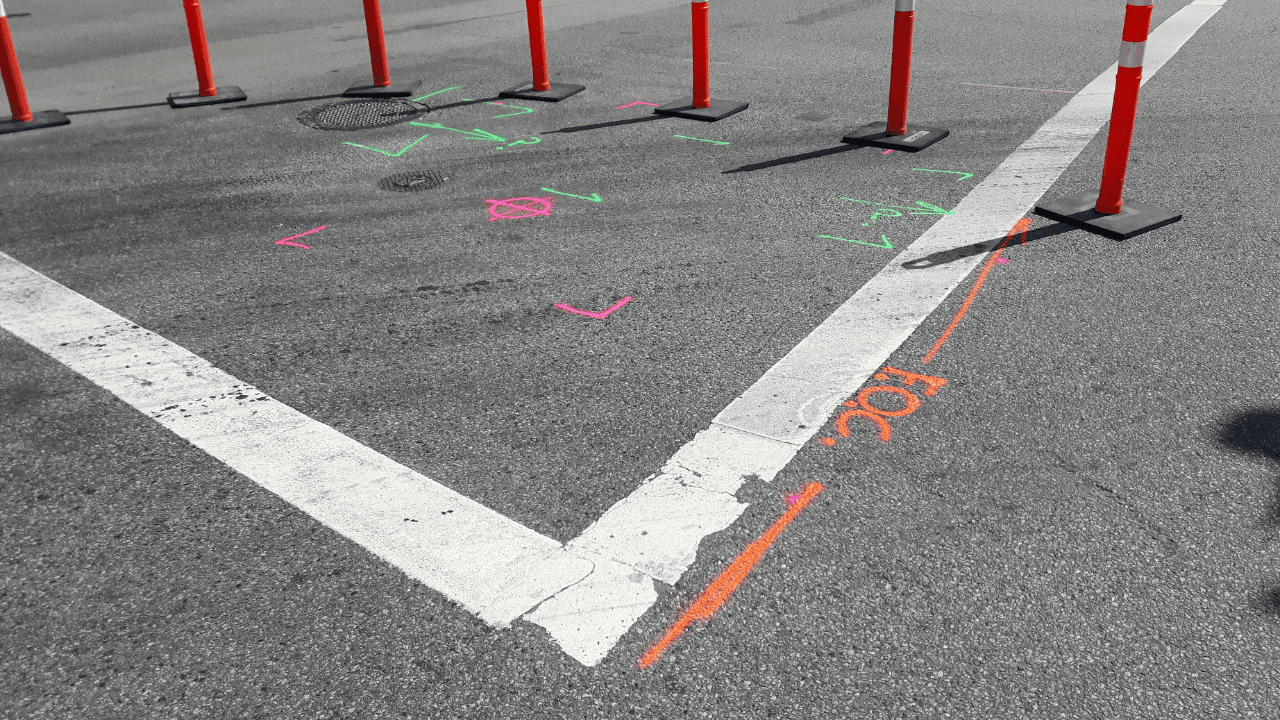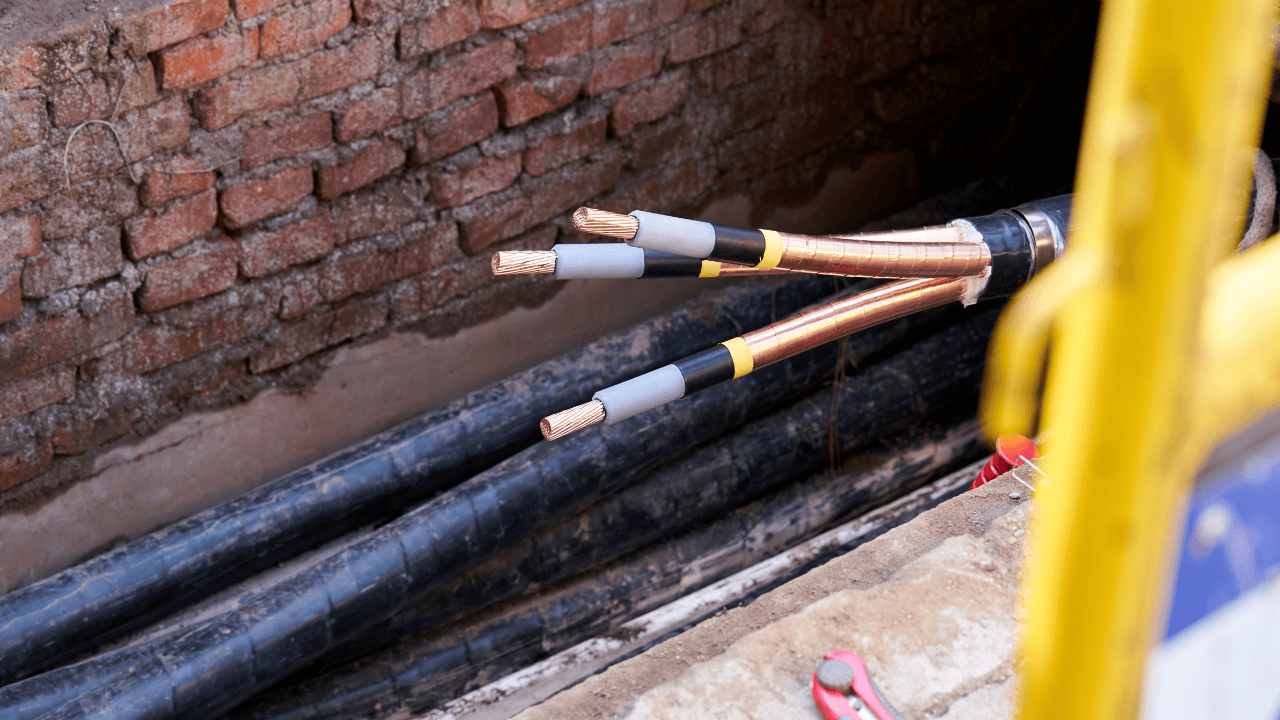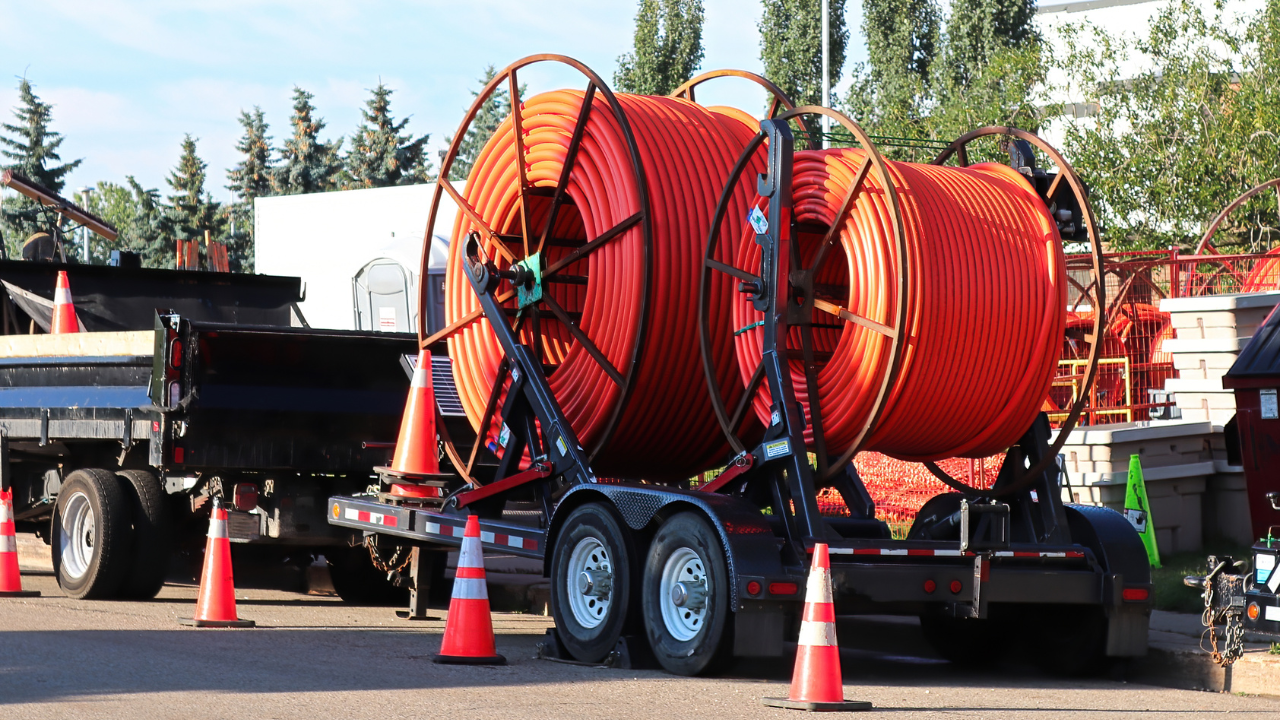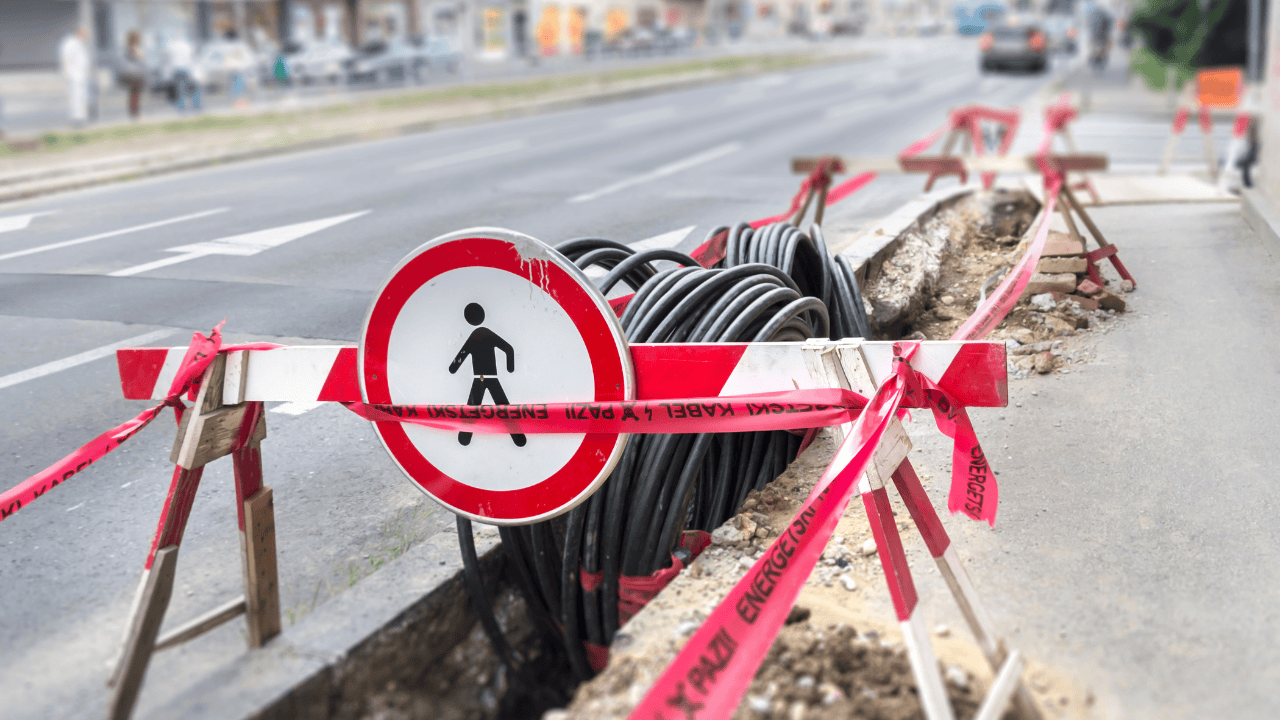Key Takeaways
- Accurately locating underground utilities before digging is crucial for preventing accidents, costly repairs, and delays.
- Ground Penetrating Radar (GPR) and electromagnetic induction are two key technologies used to detect both metallic and non-metallic utilities.
- Combining GPR with electromagnetic induction provides a comprehensive approach to power line locating, ensuring high accuracy.
- Advanced tools such as cable locators and GIS mapping enhance precision in underground utility locating.
- Adhering to best practices like pre-site surveys and utility marking ensures safety and efficiency during excavation projects.
Uncovering underground power lines is the key to ensuring safety and avoiding costly disasters during construction, maintenance, and excavation projects.
Accidental damage to buried utilities can cause power outages, costly repairs, and serious hazards. Advanced technologies like Ground Penetrating Radar (GPR) and electromagnetic induction now allow utility locating services to precisely detect underground power lines and conduits.
Identifying these utilities before starting any project is a crucial safety step. Hiring professionals specializing in electrical line locating ensures your worksite remains safe and compliant, preventing accidents and delays.
Why Utility Locating Services Are Essential
When engaging in any project that involves digging, such as construction or landscaping, utility locating services are indispensable. Electrical, gas, and communication lines are often buried underground, sometimes only a few inches below the surface.
Accidentally hitting these lines can lead to severe safety hazards, service interruptions, and expensive repairs. With the help of electrical line locating technology, professionals can determine the exact position of buried utilities, ensuring that they aren’t disturbed during the project.
Accurately identifying underground utilities not only prevents damage but also saves time and resources. Delays caused by accidents can be costly, and hiring experts in utility conduit locating can mitigate these risks.
Professionals are equipped with state-of-the-art technology, enabling them to deliver precise results that ensure smooth operations for any excavation or construction project.
Ground Penetrating Radar (GPR) Technology
One of the most widely used technologies in locating underground conduits is the Ground Penetrating Radar (GPR). GPR operates by emitting high-frequency radio waves into the ground.
When these waves encounter buried objects like power lines, they bounce back to the surface, where the GPR device captures them.
This allows the operator to map out the location, depth, and size of underground utilities.
- GPR is a highly effective tool for underground utility locating because it can detect both metallic and non-metallic conduits.
- The technology is versatile and capable of working in a wide range of soil conditions, from sandy terrain to dense clay.
While GPR is highly effective, it is not without its limitations. The accuracy of GPR results can be affected by environmental factors such as soil composition or moisture levels.
However, professionals in power line locating have the expertise to interpret these results accurately, ensuring that every underground utility is identified and mapped out properly.
Electromagnetic Induction: A Key Solution for Line Locating
Another crucial technology for power line locating is electromagnetic induction. This method involves generating an electromagnetic field, which interacts with the underground power lines.
The electromagnetic field causes a current to flow in the underground cables, making them detectable through specialized sensors.
This technology is especially useful for detecting metallic objects like power lines and other electrical conduits.
- Electromagnetic induction provides highly precise results, especially for utility conduit locating where accuracy is critical.
- Electromagnetic induction technology is often combined with GPR for a more comprehensive approach, ensuring that both metallic and non-metallic conduits are located accurately.
Electromagnetic induction is commonly used to locate shallow utilities, but it can also detect deeper lines with the right equipment. It is especially effective in urban areas, where multiple lines are often buried in proximity.
By using both GPR and electromagnetic induction, utility locating services can offer a complete solution for identifying underground utilities.
Advanced Tools Used by Underground Utility Locators
Professionals in underground utility locating rely on advanced tools and technology to provide precise, real-time information about the location of buried power lines and conduits.
These specialized tools include not only GPR and electromagnetic induction devices but also other equipment that helps enhance accuracy and efficiency.
- Cable locators are often used to trace the path of underground cables. These devices send out a signal that allows professionals to follow the path of an electrical line.
- Acoustic locating tools can also be used in certain situations. These devices detect the sound waves generated by utilities beneath the ground, allowing for even more accurate location tracking.
The ability to locate both shallow and deep utilities is crucial for many projects, especially those involving road construction or major excavation.
Using these advanced tools, underground utility locators can ensure that no utility goes undetected, reducing the risk of damage and keeping workers safe.
Ensuring Accuracy in Underground Utility Locating
Accuracy is paramount in locating underground conduits. A small mistake can lead to serious consequences, such as hitting a live power line.
That’s why utility conduit locating professionals use a combination of technologies to ensure that every buried utility is accounted for.
- Combining Ground Penetrating Radar with electromagnetic induction provides a more complete picture of the underground landscape.
- GPR detects non-metallic objects, while electromagnetic induction identifies metallic utilities, ensuring no buried line is missing.
By using these complementary technologies, professionals can deliver highly accurate results, minimizing the risk of costly mistakes.
This comprehensive approach ensures that underground utility locating is done with the highest degree of precision, keeping projects safe and on schedule.
The Role of GIS Mapping in Utility Locating
Another technological advancement that aids utility locating services is GIS (Geographic Information System) mapping. GIS integrates various data points, including the locations of underground utilities, to create a detailed map of the area. This technology is particularly useful for larger projects that cover wide geographical areas.
- GIS mapping allows utility locators to create an accurate, digital representation of the underground utility network.
- It offers long-term benefits, as the data can be stored and used for future reference in maintenance or other projects.
By combining GIS with other location technologies, professionals can ensure that every underground utility is accurately documented and easy to access when needed. This leads to more efficient project planning and reduces the risk of error.
Best Practices in Utility Locating
Effective power line locating and underground utility locating requires more than just advanced tools. It also demands best practices to ensure safety and accuracy. Some of the key best practices include:
- Pre-site survey: Before using GPR or electromagnetic induction, professionals should conduct a thorough pre-site survey to identify any potential hazards or obstacles.
- Marking detected utilities: Once a utility has been located, it should be marked on the surface using standardized color codes to ensure that workers can avoid it during the excavation process.
- Cross-referencing data: Utility locators often cross-reference their findings with existing utility maps or records to ensure complete accuracy.
By adhering to these best practices, utility locating services can maintain high levels of safety and efficiency on every project.
Protect Your Investment and Locate Power Lines Before You Dig
Attempting to locate utilities without professional equipment or expertise can lead to costly mistakes. By relying on utility locating services, you reduce the risk of accidents, delays, and damage.
With Util-Locate, you can ensure that your project stays on schedule and within budget by preventing unnecessary accidents and damage. We have the tools and experience needed to safely and efficiently locate power lines and other buried utilities.
With our advanced underground utility locating tools, we guarantee precise and timely results. Keep your project on track by contacting Util-Locate today for all your utility conduit locating needs!




